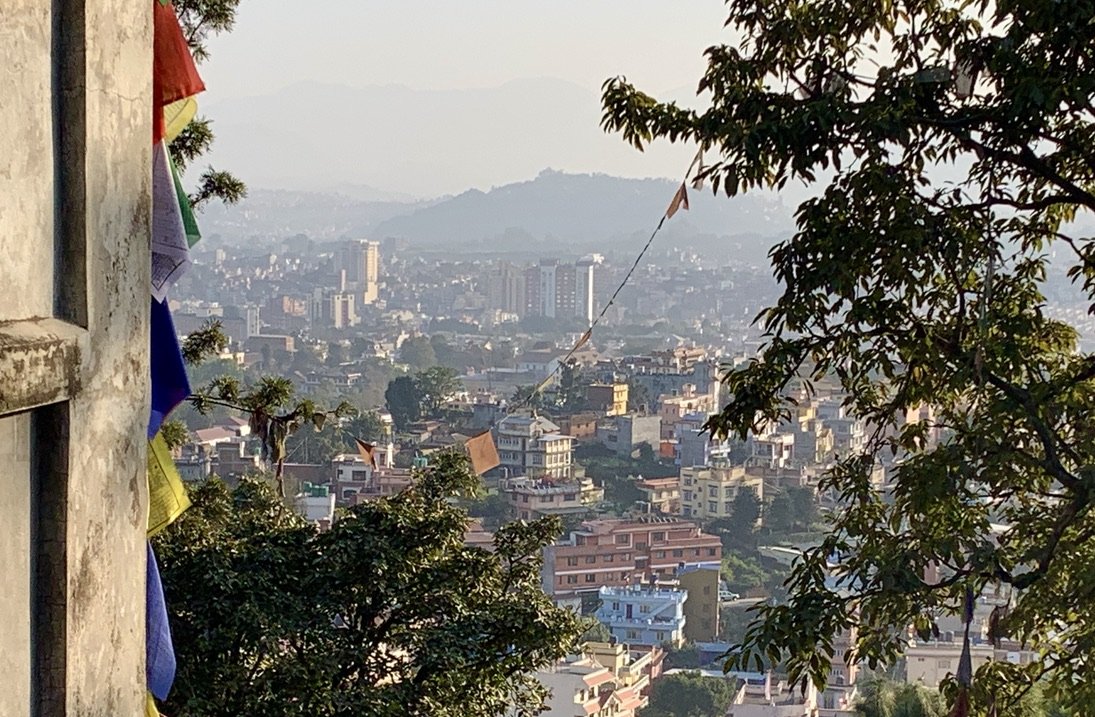OUTCOME HARVESTING
Outcome Harvesting (OH) is a method inspired by Outcome Mapping and initially developed by Ricardo Wilson-Grau to evaluate and learn about unpredictable change in complex environments. We often use OH in mixed-methods evaluations that are designed and implemented with our Participatory Impact Assessment and Learning Approach (PIALA).
Outcome Harvesting (OH) is a method tailored for capturing, substantiating, and interpreting the outcomes of interventions without prioritising predefined objectives. It hinges on engaging with key stakeholders to explore the observed changes in policies, practices, and interactive behaviours of societal actors relative to the intervention's aims.
Unique to OH is its open-ended inquiry into observed outcomes —both foreseen and unforeseen, positive and negative— that are the direct or indirect consequence of the interventions. Through the analysis of these observations, it helps identify and understand the context-specific pathways and mechanisms by which the interventions catalyse change and yield desired outcomes. This renders the method particularly suitable for developmental evaluations aimed at unravelling the emergence of systemic change in complex and unpredictable environments, as well as for Theory of Systemic Change (ToSC) design for advancing into an evolved programming phase.
OH in PIALA-based evaluation
Outcome Harvesting (OH), while a powerful tool for identifying and interpreting intervention outcomes, does not alone suffice for impact evaluations aimed at robustly evidencing the interventions' contributions to observed outcomes (that is, establishing causality) and the context-specific mechanisms driving positive change (that is, understanding causation). For this purpose, it needs to be integrated into a broader methodological framework.
Typically, we incorporate OH within a PIALA-based mixed methods design as part of first phase inquiries for framing and focusing an evaluation and developing an evaluative ToSC. In the subsequent data collection phase, methods like Constituent Voice, Participatory Statistics, SenseMaker, and Conventional Statistics are employed to collect primary data for building up the evidence alongside the ToSC. This allows for a robust impact assessment through a rigorous Contribution Tracing process. We also incorporate OH processes in PIALA-based MEL frameworks in similar ways,
The OH process
The OH process typically involves gathering evidence-based responses through a blend of document review, online surveys, interviews, and group discussions. Participants are encouraged to share their observations, back them with evidence, and contemplate on the significance and likely sustainability of the outcomes observed. Key questions asked to them might include:
What changes have you noticed in relation to… ? (insert a reference to the envisioned impact)
How significant are these changes, for whom, and why?
What prompted or influenced these changes?
What has been the influence of… ?
(insert an indirect reference to the interventions)What evidence do you have for these observations, or where can we find such evidence? Who else might provide valuable insights?
Responses are expected to draw a credible connection between the outcomes and the interventions, which are then further substantiated by cross-verifying with independent sources or complementary data collection methods, ensuring a comprehensive and unbiased evidence base for the outcomes.
Projects
Resources
The OH community (started by Ricardo Wilson-Grau) has collected many resources and tools on the OH website: https://outcomeharvesting.net.
A overview of the method can also be found on the Better Evaluation website: https://www.betterevaluation.org/methods-approaches/approaches/outcome-harvesting










